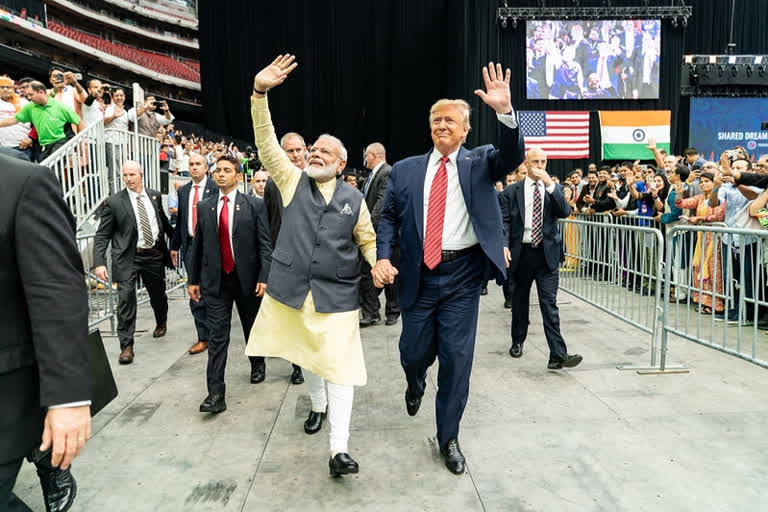Hyderabad: The US President Donald Trump’s maiden India visit later this month may be a high point for Indian diplomacy but it’s difficult for Indian negotiators to hammer out a trade deal between the two countries as India will have to give the same concessions to other countries as well.
Both India and the US are part of the General Agreement on Trade and Tariffs (GATT), which later evolved into the World Trade Organisation (WTO). The terms and conditions of the GATT makes it impossible for India to make any bilateral concession exclusively for the USA.
“Under the GATT agreement, if we give any concessions to the USA then we will have to give the same concession to all other countries whom we have given the status of most favoured nation,” said Ajay Dua, a Delhi based trade expert and development economist.
Explaining the difficulty faced by Indian negotiators to hammer out a trade deal, which is acceptable to both sides, before the US President’s India visit, he said that the idea of GATT was to encourage multilateral trade.
“If you give access to the US to our agriculture market then it will have to be given to others as well,” he said.
“Because the MFN (most favoured nation mechanism) doesn’t keep any concession bilateral. It is a mechanism to encourage multilateral trade and not bilateral. That is why it has been put under the GATT,” Ajay Dua told ETV Bharat.
Under this, if a country gives any concession to any country on any item then it has to be given to all other members on the same terms and conditions.”
What is General Agreement on Trade and Tariffs (GATT)
Soon after the Second World War, 23 countries had signed the General Agreement on Tariffs and Trade (GATT), in October 1947 to shore up the global trade as a way to come out of economic slowdown. It encouraged liberal trade among the member nations, and eventually, it led to the formation of the World Trade Organisation (WTO) in 1995, covering nearly 90% of the global trade and commerce at that time.
Under the GATT, India has accorded the status of the most favoured nation to the United States. If it gives any concession to the US in its agriculture or industrial market then the same access will have to be given to other countries with the MFN status.
